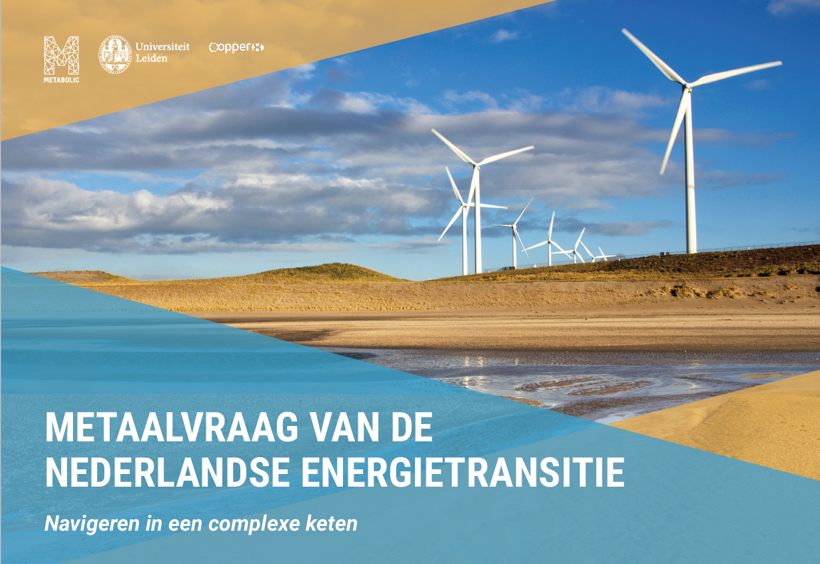To prevent serious climate change, it is important to switch quickly to a sustainable electricity supply. In the Netherlands this mainly means betting on windmills and solar panels. But how many critical metals are needed to produce those windmills and solar panels? Together with Metabolic and the Center for Environmental Sciences at Leiden University, we came to the conclusion that the worldwide production of a number of critical metals is insufficient to make the transition to a sustainable electricity system.
Climate summit
From 3 to 14 December, world leaders will meet at COP24 to discuss the implementation of the Paris Convention. During this climate summit, Dutch Secretary of State for Infrastructure & Water Management Stientje van Veldhoven will be holding a meeting on circular economy. In that meeting, they will address the issue of what critical metals will be necessary for the energy transition; our study will provide input for this meeting. This study is a development of the research presented at the Springtij Forum in September. Commissioned by the Ministry of Infrastructure & Water Management, this study has been extended and translated into English.
Solutions
The report summarizes a number of important insights that indicate the complexity of critical metal value chains. For example, most energy-saving measures (for example, an LED lamp) require more critical metals, recycling is not a short-term solution (because we currently have insufficient critical metals), and the scaling-up of metal production is complicated (because it can take 10-20 years to open a mine).
From these insights come three solutions that could help reduce our dependence on critical metals:
- Substitution: replacing critical metals with other materials that have similar properties.
- Application of circular design principles – on the one hand to extend lifespan (particularly for windmills), on the other hand to be able to recover the metals in the future (particularly for solar panels).
- Consider new European mining, to scale up production and reduce geopolitical dependency.
Context: national climate agreement
The Netherlands is working hard on the energy transition to reduce its CO2 emissions and to limit its contribution to climate change. One aspect of this energy transition is the generation of sustainable electricity. One of the headlines of the Dutch national Climate Agreement sees the country producing 49 TWh of renewable electricity through wind power offshore and 35 TWh on land in 2030. These objectives were the starting point for our calculations.
Stepping back from the Dutch context, the report provides a brief insight into how the demand for critical metals could develop worldwide as more countries move towards a sustainable energy supply.
